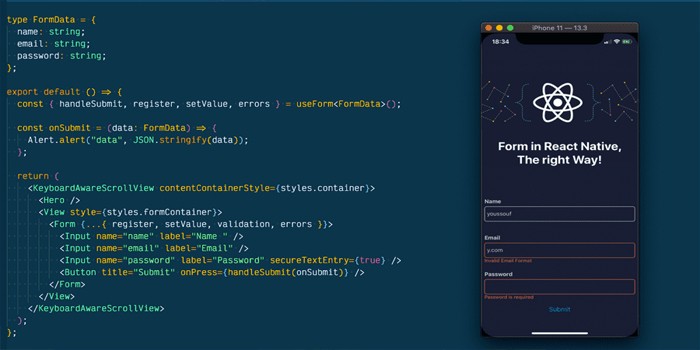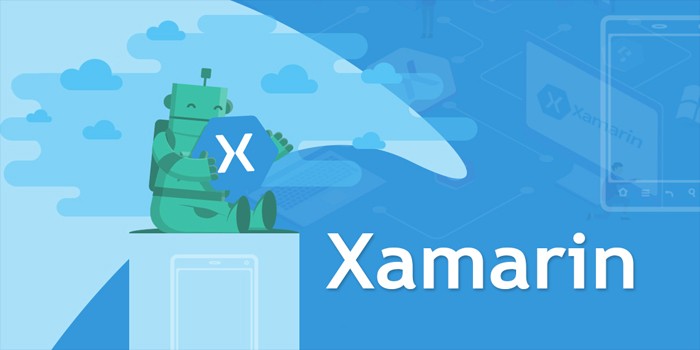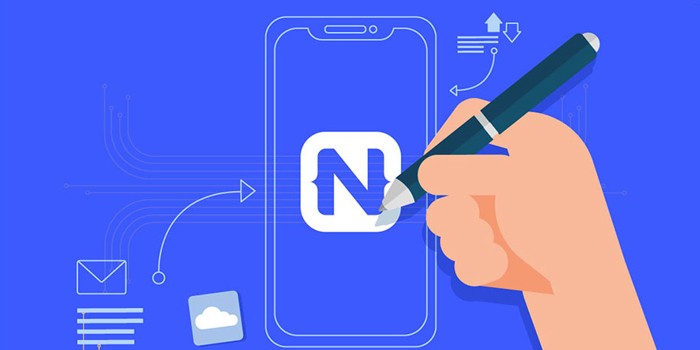
Cross-platform mobile app development means creating smartphone apps that can run easily on various mobiles and other devices. The need for cross-platform apps rose with the popularity of BYOD. BYOD means to bring your own device. Employers started allowing their employees to bring their own tablets, smartphones, and other devices to work instead of working with the same old desktop computers. It is also a much more affordable solution than providing mobile devices to every employee. But when the BYOD policy came, there was a need for apps that would work on all those devices.
That is when cross platform mobile app development started. Companies now have the option to develop apps that are solely meant for a specific platform like iOS, Android, Windows, and others. The company can also create the app in an environment that will allow the app to work on various platforms.
Cross-platform development has seen a meteoric rise in recent years. It’s because they are easy to make, budget-friendly, and they are based on the common languages that we know like HTML, JavaScript, and more. That is the reason we have a whole variety of tools and frameworks that we can use to create cross-platform apps.
This is a good thing, but sometimes it can get confusing for people offering mobile app development services. So, we thought we would clear it up for you and give you the top 5 cross-platform app development frameworks for 2020.
1. Ionic

When we set out to find the top cross-platform app development platforms, we soon found that Ionic was one of the best ones. It is hugely popular. Based on Angular.JS, it provides app developers with a lot of benefits. They can access native platform controllers through languages like HTML5, JavaScript, and CSS. They can also add user-friendly elements to their apps and build front-end interfaces easily. What’s more, you can also use it to develop PWA apps.
You can also make any type of alterations to the code since Ionic is an open-source framework. This means that each developer can make amendments to the code as they see fit. It saves them a lot of time and energy.
Ionic also provides a plethora of front-end UI components to developers so they can create robust and highly engaging apps. This is because Ionic is based on a SaaS framework. It was designed specifically for mobile-based operating systems.
2. React Native

If Ionic is a clear winner, then React Native is a close second. There cannot be a list of cross-platform app development frameworks without either of the two names. React Native is based on JavaScript and offers developers the ability to write code. This gives the app a native feel and they work on both Android as well as iOS. A lot of businesses choose to work with React Native rather than any other language. Developers can write their modules in Java or they can use Objective C and even Swift. They can also implement operations like video processing and image editing; these are heavy operations that are not usually supported. Just like Ionic, React Native is also an open-source framework and offers a lot of features because of it.
3. Flutter

After the first two frameworks, the third one is Flutter. Google launched flutter in 2017. If you want to make fast apps for Android or iOS then Flutter is the one framework for you. You can also use it to create apps for Google Fuschia. Google Fuschia is an open-source operating system and it is currently under work. Once complete, it will not only have the ability to run on multiple devices but also on embedded systems. You can use Flutter to create dynamic and highly functional apps on multiple platforms.
4. Xamarin

Xamarin is not like the other frameworks that we have discussed up till now. For one, it does not use HTML or JavaScript. It is based on C# and .Net. You can use it to create apps for Windows, Android, and iOS. People use Xamarin to create apps that give a native feel. That is thanks to the many APIs that it offers. Due to this ability, Xamarin gives the other frameworks a run for the money. Another reason is that it uses C# which is a level above Java or Objective-C. Also, thanks to the APIs, Xamarin greatly reduces the occurrence of hardware incompatibility.
5. NativeScript

NativeScript is based on JavaScript. If you are looking for WORA functionality then this is the one for you. It is a great cross-platform framework that offers all sorts of nifty APIs and also provides developers with the capability of using plugins that already exist. This cuts down on development time as well as conserves energy while providing the same functionality and features. If you want to create beautiful, user-friendly, customized, and accessible UIs then NativeScript is just right for you. When you work with NativeScript, you don’t need any sort of third party solutions. It gives you access to a plethora of plugins and other web resources.
Conclusion
As an app developer, you have to keep yourself up to date with the latest technologies and trends. These are the top 5 cross-platform app development frameworks that you need to know about.
Which one do you work with the most? Why? Tell us in the comments.
Also Read: 5 Best Programming Languages For Cross-platform Mobile Development

